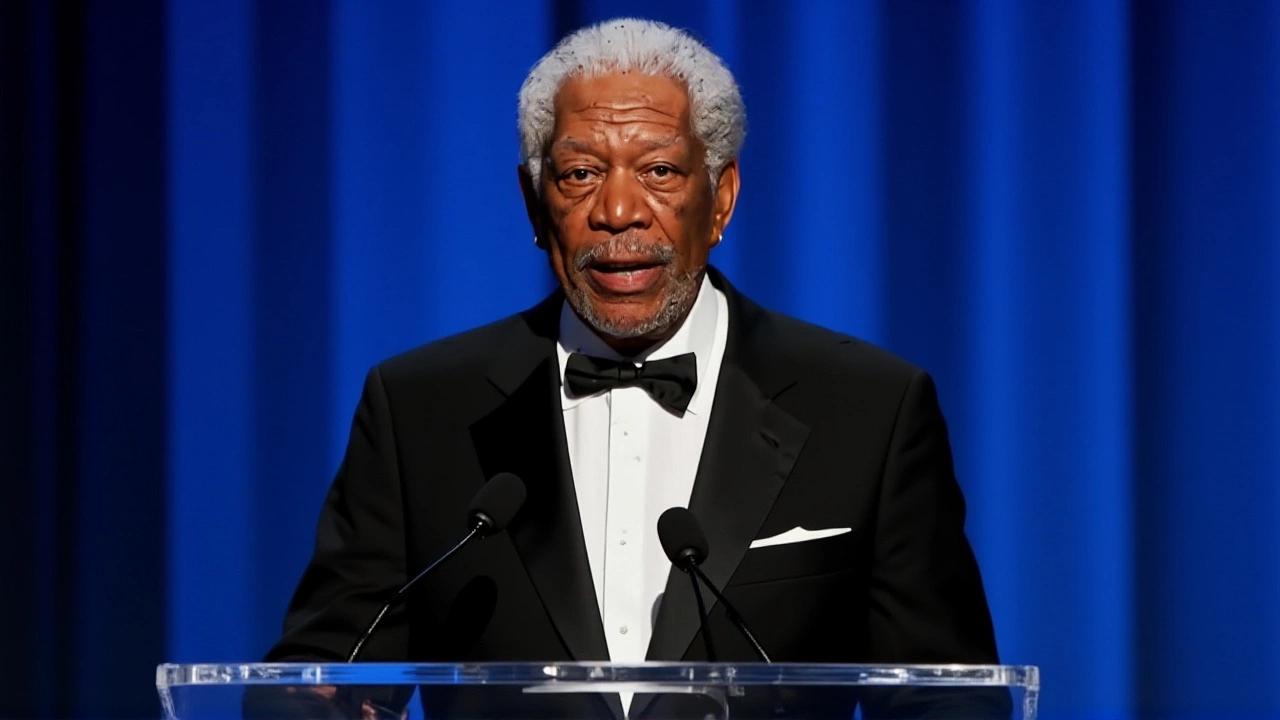Driving Miss Daisy – A Timeless Film Overview
When you hear Driving Miss Daisy, a 1989 American drama that won the Best Picture Oscar and follows the bond between an elderly Southern woman and her chauffeur. Also known as DD, it explores friendship across racial lines in the post‑civil‑rights era. Morgan Freeman, the actor who portrays Hoke Colburn, the patient driver and Jessica Tandy, the veteran actress who embodies Daisy Werthan bring the story to life.
Why the film still matters
The movie Driving Miss Daisy is built on three core attributes: a clear setting (Late‑1960s Atlanta), strong character arcs, and an emotional core that tackles race, aging, and dignity. The setting gives the plot a historic backdrop, while the character arcs let viewers see Daisy soften and Hoke gain confidence. The emotional core creates a lasting impact, making the film a reference point for later dramas that address similar social issues.
One semantic link is simple: Driving Miss Daisy encompasses the theme of unlikely friendship. Another: the film requires powerful performances to convey subtle shifts in attitude. A third: the Oscar‑winning status influences how modern filmmakers approach stories about race and aging. These connections help explain why the movie remains a teaching tool in film classes and a comfort watch for many.
From an Entity‑Attribute‑Value perspective, the central entity has clear data points. Entity: Driving Miss Daisy. Attributes: Release year = 1989; Director = Bruce Beresford; Awards = Best Picture Oscar, 4 Golden Globe nominations. Values illustrate its critical success and give a quick snapshot for anyone looking up basic facts.
Related entities broaden the picture. The Academy Awards, the prestigious honor that recognized the film for Best Picture, Best Actress, Best Adapted Screenplay, and Best Original Score cemented its place in cinema history. The source novel, “Driving Miss Daisy” by Alfred Uhry, provides the narrative foundation and earned a Pulitzer Prize for Drama adds literary weight. Finally, the American South, the regional backdrop that shapes cultural attitudes in the story informs the film’s social commentary.
These entities interact in clear ways. The story’s setting in the American South influences the characters’ perspectives, which in turn drives the themes of friendship and racial understanding. The source novel supplies the plot skeleton, while the Academy Awards validate the film’s artistic merit. Together they form a web that explains why the film is still discussed in classrooms, book clubs, and movie nights.
What can a reader expect from the collection below? You’ll find a mix of anecdotes about the film’s production, analysis of its award season journey, and reflections on how the characters still resonate today. Some posts dive into Morgan Freeman’s early career, others explore Jessica Tandy’s stage legacy, and a few examine how the movie helped shape later TV dramas about intergenerational bonds.
Whether you’re a casual fan, a film student, or someone curious about how a modest road‑trip story won the biggest prize in Hollywood, the entries ahead give practical insights. They break down the movie’s key scenes, highlight memorable dialogue, and point out the subtle camera work that makes the drama feel intimate.
In short, the tag brings together everything you might want to know about this iconic piece of cinema. The next sections will walk you through the details, the debates, and the lasting lessons that Driving Miss Daisy continues to offer. Dive in to see how a simple story about a car ride became a cultural touchstone.
Morgan Freeman Names “Glory” the Best Film of His Career
Morgan Freeman declares "Glory" his favorite film, reflecting on his Oscar journey and hinting at new projects, as the 74‑year‑old star pushes back against retirement rumors.
read more
